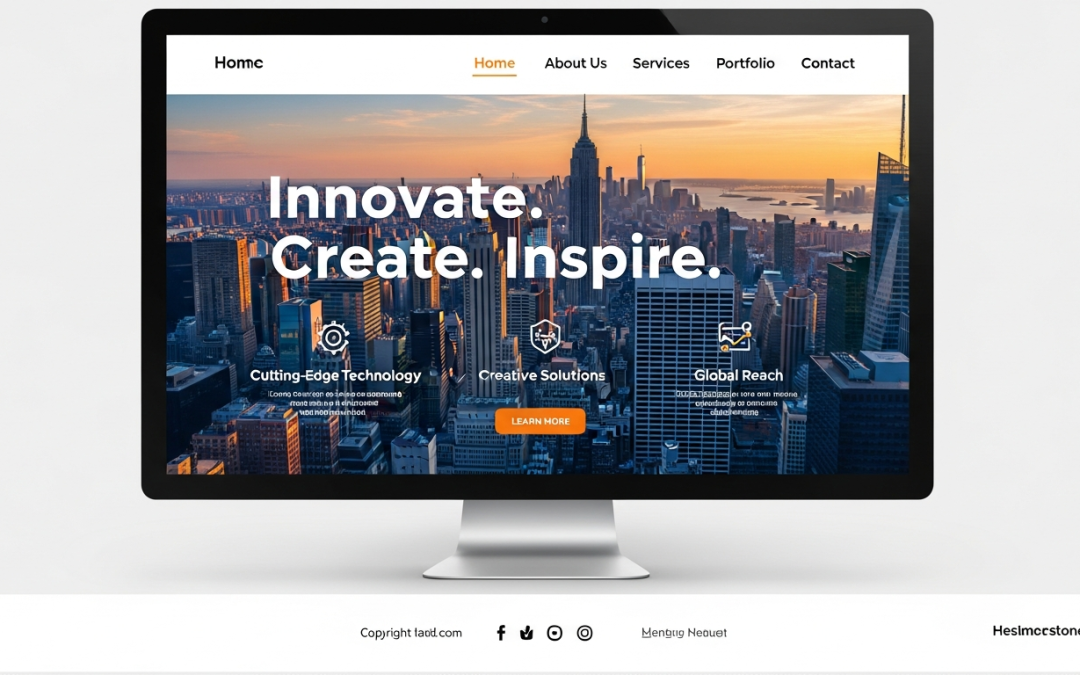In 2025, ensuring website accessibility is essential as it not only aids users with disabilities but also enhances the overall user experience, search engine optimization (SEO), and adherence to legal requirements. To remain compliant with WCAG 2.2 standards and to prepare for WCAG 3.0, web accessibility necessitates thorough strategies in design, development, and content. Below are important best practices to adopt:
Semantic HTML and Proper Structure
Use semantic elements such as <header>, <nav>, <main>, <article>, and <footer> correctly to enhance the meaning and navigation of your pages. Headings should follow a logical order (H1 to H6) to create a clear content hierarchy, and avoid using generic <div> or <span> tags in place of semantic ones. This improves screen reader compatibility and website structure clarity.
Keyboard Navigation
Ensure every interactive element—menus, dropdowns, modals, sliders—is fully operable through keyboard alone. Use tabindex carefully to maintain logical tab order and provide clear visible focus indicators for users navigating without a mouse.
Color Contrast and Visual Clarity
Adhere to minimum contrast ratios: 4.5:1 for normal text and 3:1 for large text. Avoid conveying critical information by color alone. Use accessible color palettes and provide alternatives for color-coded info to assist those with color vision deficiencies.
Text Alternatives and Readability
All images, icons, and visual elements must have descriptive alt text. Write content in clear, simple language with legible fonts sized at least 16px and appropriate line spacing. Make sure text can be resized without loss of functionality or readability.
Accessible Multimedia
Transcribe and caption videos, provide audio descriptions, and ensure interactive transcripts synchronize with media content. This makes multimedia accessible to deaf, hard-of-hearing, and visually impaired users.
Consistent Layout and Responsive Design
Use a clean, organized layout with predictable navigation across pages. Websites must adapt smoothly to different devices and screen sizes, offering accessible mobile usability with large clickable areas and touch-friendly controls.
ARIA and Assistive Technologies
Implement ARIA roles and landmarks to improve navigation for screen reader users. Ensure custom widgets and popups are accessible, with keyboard focus and clear close options.
User Control and Predictability
Allow users to pause, stop, or adjust auto-playing content and avoid time-limited interactions without options to extend timeouts. User interface elements should behave consistently to prevent confusion.
By following these thorough, 2025-focused accessibility best practices, websites become more inclusive, legally compliant, and user-friendly, boosting SEO and conversion rates while reducing barriers for users with disabilities.

